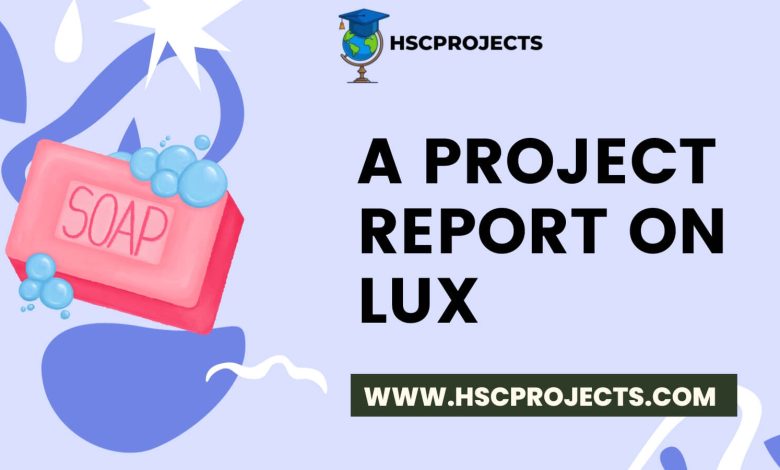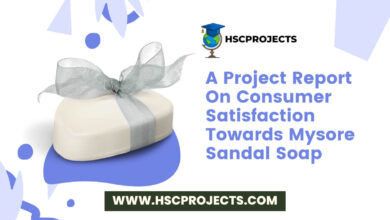
A Project Report on LUX
Introduction
Understanding perceptions of channel members and consumers regarding sales promotion activities enhances the effectiveness of these activities. Widespread usage of sales promotion activities in Fast Moving Consumer Goods (FMCG) sector makes it imperative that manufacturers take into account channel member and consumer perceptions before planning such programmes. In this paper, an attempt has been made to examine the nature of sales promotion activities in toilet soap category in India, study retailer perceptions with respect to these activities and also get an insight into consumer perceptions of these activities. Our findings indicate that with respect to the nature of the schemes, premiums (free gifts) were found to be the most frequently used in both premium and popular toilet soap category, followed by price offs.
Retailer’s perceived price offs to have relatively greater impact compared to any other forms of sales promotion. In line with the retailers’ perceptions, the findings of consumer perceptions indicated that price off was the most preferred type of sales promotion. Retailers stated that role of word of mouth and television advertising was very important in providing information inputs to the consumers regarding sales promotion activities. This perception of retailers was supported by the consumer unaided recall of sales promotion schemes which were widely advertised. As the retailer interacts and observes consumers more frequently and closely than the manufacturer, it would be useful for the companies to incorporate perceptions while planning sales promotion strategies.
The Reasons For The Study Were:
- The widespread use of sales promotions in toilet soap category.
- Historically, whenever there was a downward trend in growth, sales promotion activities took the front seat of promotional mix.
- Companies planned these activities with inward looking view hence it was felt that it would be useful to understand the perceptions of consumers and retailersregarding sales promotion activities to improve the effectiveness of these activities.
Hindustan Unilever Limited:
In the summer of 1888, visitors to the Kolkata harbor noticed crates full of Sunlight soap bars, embossed with the words “Made in England by Lever Brothers”. With it began an era of marketing branded Fast Moving Consumer Goods (FMCG).
Soon after, followed Lifebuoy in 1895 and other famous brands like Pears, Luxand Vim. Vanaspati was launched in 1918 and the famous Dalda brand came to the market in 1937.In 1931, Unilever set up its first Indian subsidiary, Hindustan Vanaspati Manufacturing Company, followed by Lever Brothers India Limited (1933) and United Traders Limited (1935). These three companies merged to form HLL in November 1956; HLL offered 10% of its equity to the 7 A Project Report on LUX Indian public, being the first among the foreign subsidiaries to do so. Unilever now holds 51.55% equity in the company. The rest of the shareholding is distributed among about 380,000 individual shareholders and financial institutions.
Title – A Project Report on LUX
Author – Rishi Kumar Sen
College – N/A
In order to download the PDF, You must follow on Youtube. Once done, Click on Submit
Follow On YoutubeSubscribed? Click on Confirm
Download A Project Report on LUX PDF






